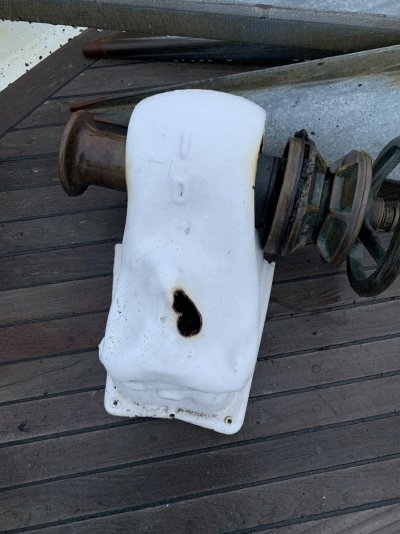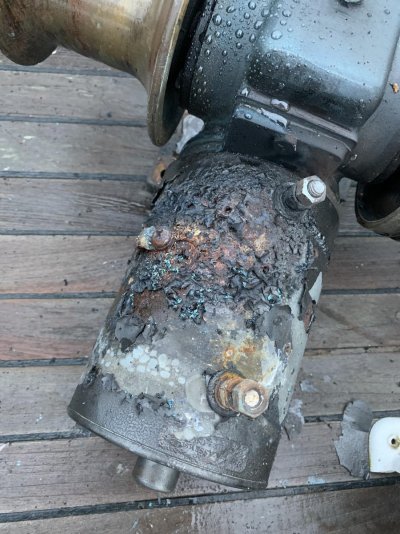Joe Pica
Senior Member
- Joined
- Feb 7, 2011
- Messages
- 124
- Location
- US
- Vessel Name
- Carolyn Ann
- Vessel Make
- Currently a Rosborough 246 was GH N-37
Often the choice is not available vice design size of the boat. Assuming you don't choice then the question is which inverter. Windlass/bow thruster run an inverted A/C line to the bank for the windlass/Thruster and plug in a small charger there.
You should read the manufacturers recommendations for inverters and pay special attention to the temperature performance ratings provided, especially shutdown temperature. Victrons tolerate higher temperatures than Magnums however all inverters output degrades as temperature increases. Some are very particular and specify minimum clearances for any compartment that the inverter is placed. Work around is very good positive ventilation for the engine room/space. We had ours in the engine room and added extra positive ventilation( two Delta T 350 cfm 12 volt fans) and we were good. YMMV
Good Luck,
You should read the manufacturers recommendations for inverters and pay special attention to the temperature performance ratings provided, especially shutdown temperature. Victrons tolerate higher temperatures than Magnums however all inverters output degrades as temperature increases. Some are very particular and specify minimum clearances for any compartment that the inverter is placed. Work around is very good positive ventilation for the engine room/space. We had ours in the engine room and added extra positive ventilation( two Delta T 350 cfm 12 volt fans) and we were good. YMMV
Good Luck,
Last edited:




